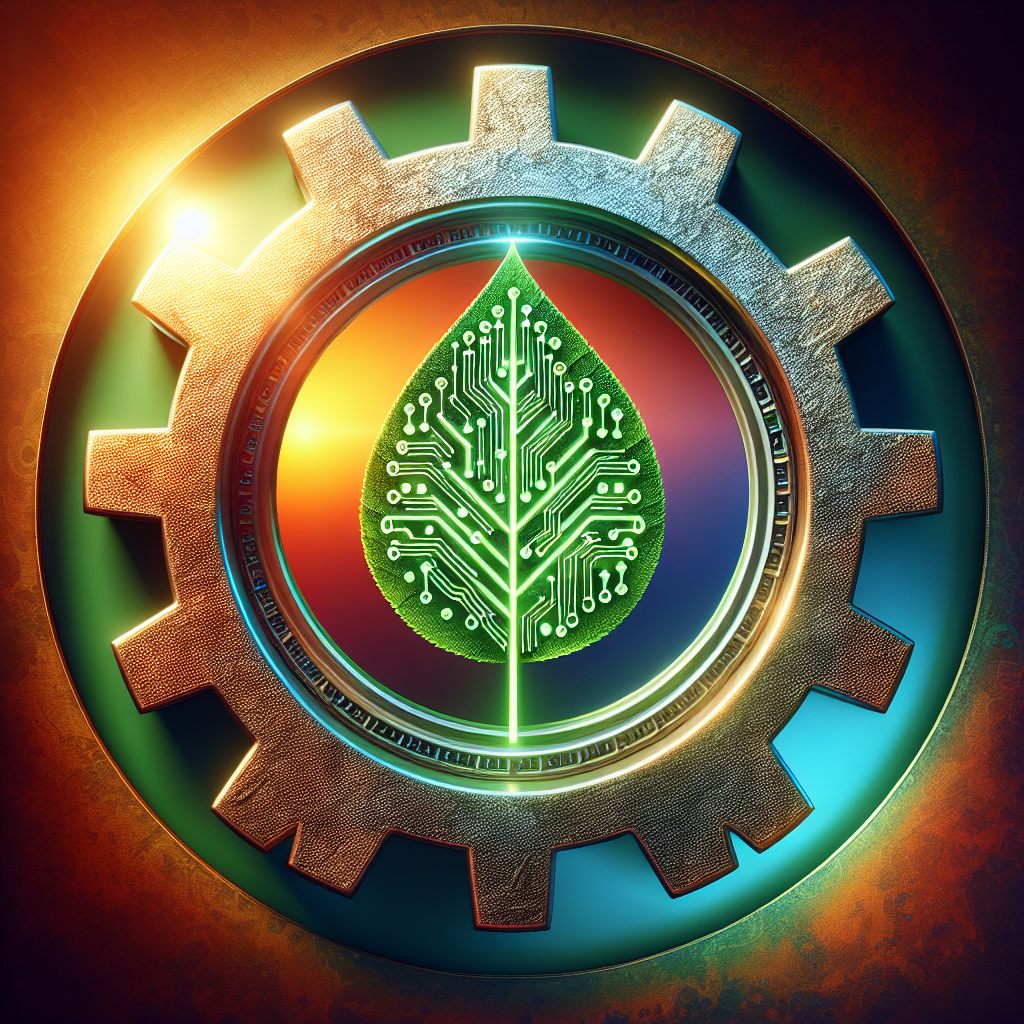In recent years, there has been a growing focus on sustainable energy production as a means to combat climate change and reduce our reliance on fossil fuels. Artificial intelligence (AI) has emerged as a powerful tool in driving innovation in this field, helping to optimize energy production, improve efficiency, and reduce environmental impact. From solar and wind energy to grid management and energy storage, AI-driven innovations are revolutionizing the way we produce and consume energy.
One of the key areas where AI is making a significant impact is in the optimization of renewable energy sources such as solar and wind power. By analyzing vast amounts of data in real-time, AI algorithms can predict energy production levels, optimize the positioning of solar panels and wind turbines, and adjust energy output to match demand. This not only improves the efficiency of renewable energy production but also helps to reduce costs and minimize environmental impact.
For example, AI can be used to predict cloud cover and adjust the output of solar panels accordingly, ensuring that energy production remains consistent even when weather conditions are variable. Similarly, AI algorithms can optimize the positioning of wind turbines to maximize energy output based on wind speed and direction, increasing the overall efficiency of wind power generation.
AI is also being used to improve the efficiency of energy storage systems, such as batteries and pumped hydro storage. By analyzing data on energy demand, weather patterns, and grid conditions, AI algorithms can optimize the charging and discharging of storage systems to ensure a reliable and stable energy supply. This is particularly important for integrating variable renewable energy sources into the grid, as storage systems can help to smooth out fluctuations in energy production.
In addition to optimizing energy production and storage, AI is also being used to improve the management of energy grids. Smart grids, which use AI algorithms to monitor and control energy flow, are helping to reduce energy waste, improve reliability, and enable the integration of renewable energy sources. By analyzing data from sensors and meters throughout the grid, AI can identify areas of inefficiency and recommend solutions to optimize energy flow.
AI-driven innovations in sustainable energy production are not only improving efficiency and reducing costs but also helping to reduce environmental impact. By optimizing energy production and storage, AI can help to reduce the need for fossil fuels and minimize greenhouse gas emissions. This is crucial in the fight against climate change, as reducing our reliance on fossil fuels is essential to achieving a sustainable energy future.
In conclusion, AI-driven innovations are revolutionizing the way we produce and consume energy, driving progress towards a more sustainable and environmentally friendly energy system. By optimizing renewable energy production, improving energy storage systems, and enhancing grid management, AI is helping to create a more efficient, reliable, and environmentally friendly energy system. As we continue to develop and deploy AI technologies in the energy sector, we can expect to see even greater advancements in sustainable energy production in the years to come.
—
FAQs:
1. How is AI being used to optimize renewable energy production?
AI is being used to analyze data in real-time, predict energy production levels, optimize the positioning of solar panels and wind turbines, and adjust energy output to match demand. This improves the efficiency of renewable energy production and reduces costs.
2. How is AI improving the efficiency of energy storage systems?
AI algorithms can optimize the charging and discharging of storage systems based on data on energy demand, weather patterns, and grid conditions. This ensures a reliable and stable energy supply and helps to integrate variable renewable energy sources into the grid.
3. What are smart grids, and how do they use AI?
Smart grids use AI algorithms to monitor and control energy flow, reducing energy waste, improving reliability, and enabling the integration of renewable energy sources. By analyzing data from sensors and meters throughout the grid, AI can identify areas of inefficiency and recommend solutions to optimize energy flow.
4. How do AI-driven innovations in sustainable energy production help reduce environmental impact?
By optimizing energy production and storage, AI helps to reduce the need for fossil fuels and minimize greenhouse gas emissions. This is crucial in the fight against climate change and is essential for achieving a sustainable energy future.

